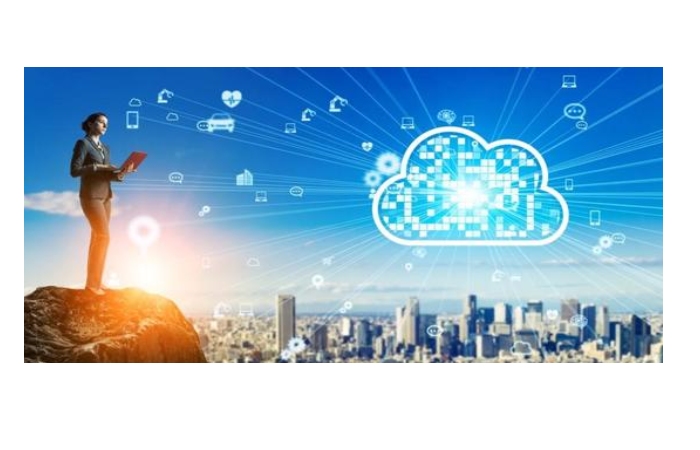If we want to understand how our applications and programs work when we use our smartphone, tablet or computer, we can find cutting edge computing. A purely informational concept known worldwide for its capacity, scope and contributions.
Table of Contents
Edge Computing: Definition
We can define edge computing as a computing resource that makes it possible to relate the user’s physical location in a storage space near their devices to transmit a series of data in a thousandth of seconds.
This technology has become the reason for many companies since the capacity to respond and improve many services has increased. It occurs because it is based on cloud computing to host all this information, transmit it faster, and lower broadband demand and cost.
Edge Computing: Features and Basics
What edge computing entails, it is necessary to explain what the foundations of this technology are, among which are:
Edge
The Edge Computing in Spanish is called “edge computing, ” this is how this concept is summarized network components that act as “edge” may vary depending on conditions and available devices.
Edge Devices
It is implicit as each device sends data on the network’s edge. Among which are specialized and intelligent machines.
Edge Gateways
These are those in charge of intercepting networks, which behave like routers to manage communication and data transmission.
Cloud Computing
It is clear as the data centre that can be accessed from any place and device with an Internet connection, offering services through the network quickly and with great accessibility.
The Internet of Things
The acronym (IoT) is also known as a digital interconnection between different artefacts, such as smart devices and the internet.
How does Edge Computing Work?

These concepts are interrelated because they interfere in the process that this technology uses to function. If it is not yet apparent to you how it operates, here is an example:
We usually use different applications in your everyday life. One of them can be your social networks. You need to enter your data from your computer or smartphone (Edge devices, which send this information through a connection (Gateways Edge) to contact the nearest server or cloud and access your data. It allows you to enter and navigate data daily with the data received. This is what edge computing is all about.
Therefore, cloud computing makes it possible to quickly access this information because the data is saved in the cloud, so the connection is satisfactory and faster.
It only includes smartphones, computers, and tablets. Several more devices, such as smart TV, alarms, lamps, GPS, among others, make up what we call IoT.
Does it have Benefits?
Of course, it has its primary objective to allow the information to be close to its place of origin. Consequently, navigation and transfer are less and more efficient because the cloud supports it to host and find what you need at the edge or edge closest to the device that requests it.
It is a great advantage since it is possible to process the information in a shorter time, despite the amount and transfer thereof. Therefore, it allows this management to improve and progress on time.
It implies greater security in protecting stored data, which are personal and related to the user’s behaviour on the site, in a near edge. It is how there is greater control of information.
Now, for companies, what is your most significant advantage? Yes, as there is less data transfer, the performance of broadband and mobile data decreases, which generates a lower investment cost. It is how it becomes an investment.
Besides, it also offers facilities, in that sense by keeping the information hosted on a local server, thus allowing a problem not to go beyond its border. Therefore, the margin of error reduces and allows the services to keep working even though it is not elsewhere.
What is its Importance?
As we have mentioned before, various reasons and benefits that this resource’s use and application have shown us. However, determining its importance requires exposing the multiple perspectives and their contribution.
Low Cost:
As we have mentioned before, a significant factor allows you to invest less in data transfer and the number of devices and transmitters to use.
Latency Increase:
It refers to when the data is sent and returns, so if there is a shorter distance, it’s implicit that its speed increases considerably.
Greater Accessibility:
Yes, because storing the data in a nearby place, its sending and processing will be more feasible; therefore, the information will always be used and make almost immediate responses.
Security of the Information:
As we have mentioned before, due to the low data transmission, third-party access to personal and confidential information is much less vulnerable.
Edge Computing Enhanced and Improved for the Future
Yes, more and more companies are betting on this tool since this technology’s probabilities and scope can give great expectations. Above all, relying on loud computing complements and allows edge computing to work correctly. Because both coexist and allow information and storage to be increasingly fast, practical, and accessible.
This is how this becomes another tool that, as entrepreneurs, consumers, and active users of these services. We must know, not only because we recognize that more and more technology advances and surprises us.
Also, we find essential resources to maximize our activities, processes, investments to advance. And, increase the opportunities that it can generate for our projects, products, and businesses.









